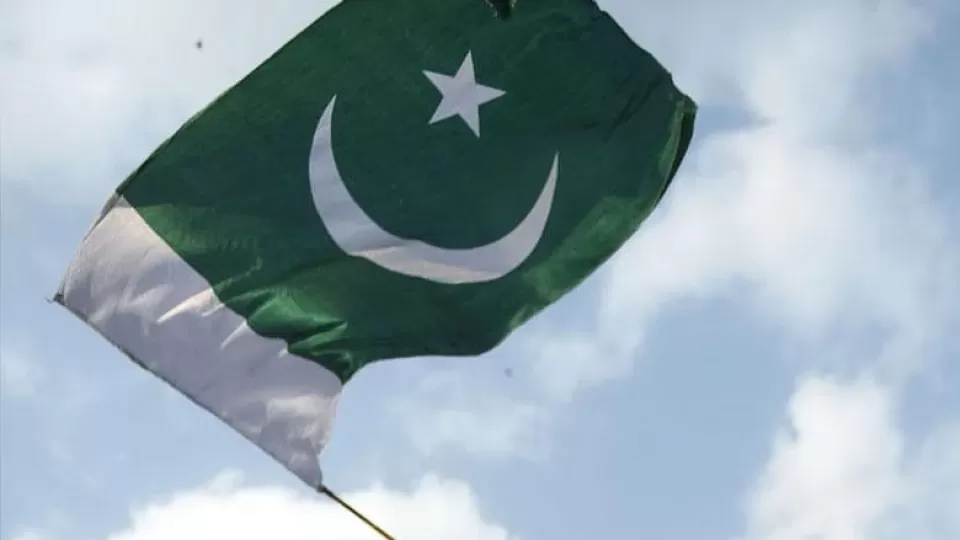August 11, 2022
ISLAMABAD – OUR major freedom anniversaries have all seen us in or near major crises. The 25th one saw us healing the trauma of 1971; the 50th one saw us about to plunge into the nuclear world. On our 75th one, we face a huge crisis with the economy and key institutions under great stress. In fact, soon after 1947, we became a crisis-prone state that faces a political and/or economic crisis every three to four years.
Why did a state created with huge hopes as a haven for tens of millions come to this point? Both the state we broke from (India) and the one that broke from us (Bangladesh) are doing better. Why did the same DNA not deliver for us?
A number of key prenatal and postnatal differences explain our varying path from our cultural twins.
National cohesion gives progress. Nations can be natural — where the vast majority is from one race, religion and ethnicity — or cultivated — where diverse groups live together due to mutual benefits.
India was diverse but, like most South Asian states, had been a political entity for centuries. Though Bangladesh was not so it was homogenous. Many would then argue that, contrary to Pakistan’s case, Bangladesh was a natural nation, and India already a cultivated one at birth.
Unfortunately, in Pakistan’s case, even a common Muslim identity was underpinned by huge ethnic and sectarian divides. However, we hoped to become a cultivated nation after birth by addressing these divides via democratic devolution, as the wise regional autonomy focus in the 1940 resolution showed.
The second key prenatal factor was the uneven capacities of the three mother national institutions, ie the freedom parties. Though Congress and Muslim League had existed for decades before 1947, and Awami League before 1971, the Muslim League faced a heavier burden of cultivating nationhood; the other two had greater grassroots reach. Rulers here pretended we were a natural nation not in need of any cultivation and saw regional aspirations as a disease to be crushed.
These political gaps at birth were compounded by postnatal threats in the form of political autocracy and the rise of non-civilian forces and a security orientation which stoked numerous fires given the huge national diversity.
All main eras before and after contributed but it was under Gen Zia that our perverse state geopolitical development model cemented most, consisting as it did of a politically autocratic and security-focused outlook that banked heavily on big power aid. Much of the latter was divided up among national elites in the form of tax breaks and subsidies, producing a stagnant economy reliant on handouts rather than economic dynamism. It also fed extremist groups to pursue its regional and national aims against regional and national foes.
Political gaps at birth were compounded by postnatal threats.
But after four decades, key planks of this model have become non-viable. The world has become intolerant of extremist groups and is no longer giving free handouts. The domestic costs of political engineering and the extremist and populist politics it has produced are mounting. The economy is stagnant and crisis-prone and social structures in society increasingly retrogressive, leading to violence and societal mediocrity.
Clearly, continuing with such a state model will not work. Yet a new model is hard to attain as the economic interests of all elite groups are so heavily reliant on the failing model.
The broad contours of the new model are clear — democratic devolution and poor-focused growth. Yet the forces of change pushing this model are weak. Nor is the global context supportive of a switch by a state as large as Pakistan, given the current global economic and political turmoil and the rise of extremism and populism regionally and globally.
There is much blame to be assigned to all elite groups for this sorry state but class-based analysis produces an odd conclusion. While the general view, especially among middle classes, is that feudalists are most to blame, it is actually the middle class that has controlled Pakistan the most. This includes the post-1947 political middle class, the middle-class bureaucracy and judiciary from 1951 to 1958, and army elites since then.
Since the 1980s, the middle class has made a return to politics but via extremist and populist parties like MQM, TLP and PTI. A move to middle-class politics is seen globally as the main path to improved politics and progress. But in Pakistan, it has actually made politics worse and given extremist and populist rather than mass politics.
This conservative and elitist inclinations of vast sections of the middle class make it even harder for us to adopt a new model. As Pakistan approaches another anniversary, we can only hope for the best. Happy birthday Pakistan and many happier returns of the day.
The writer is a political economist with a PhD from the University of California, Berkeley.


